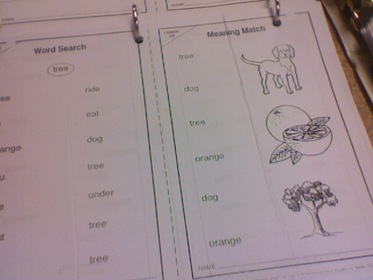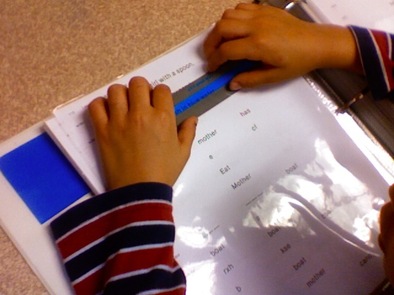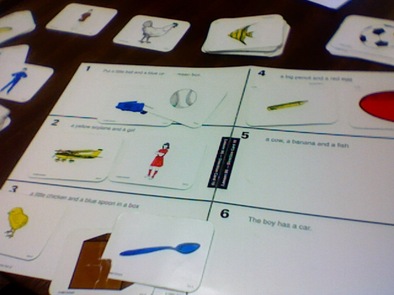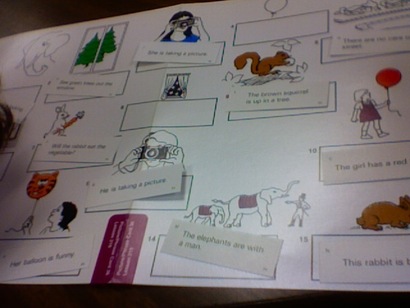THE EDMARK READING PROGRAM
The Edmark Reading Program has been designed for students with learning or developmental disabilities and those who have not succeeded with other reading methods.
The Edmark Reading Program uses a whole-word approach, with short instructional steps, consistent repetition, and positive reinforcement to ensure that students experience immediate success. Multiple learning modalities are incorporated into this highly effective process with a variety of lesson formats that keep students motivated and involved.
The Edmark Reading Program uses a whole-word approach, with short instructional steps, consistent repetition, and positive reinforcement to ensure that students experience immediate success. Multiple learning modalities are incorporated into this highly effective process with a variety of lesson formats that keep students motivated and involved.
Supplemental Worksheets

Supplemental worksheets give immediate reinforcement following each lesson. Additional pages are completed in the classroom or for homework at parent request.



